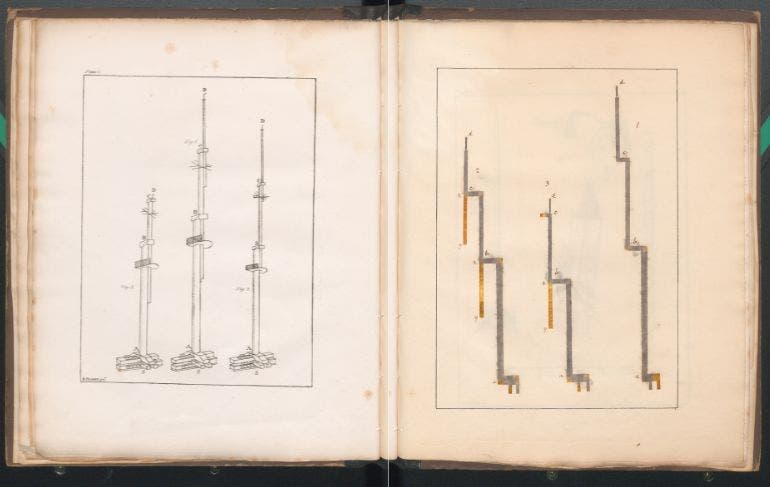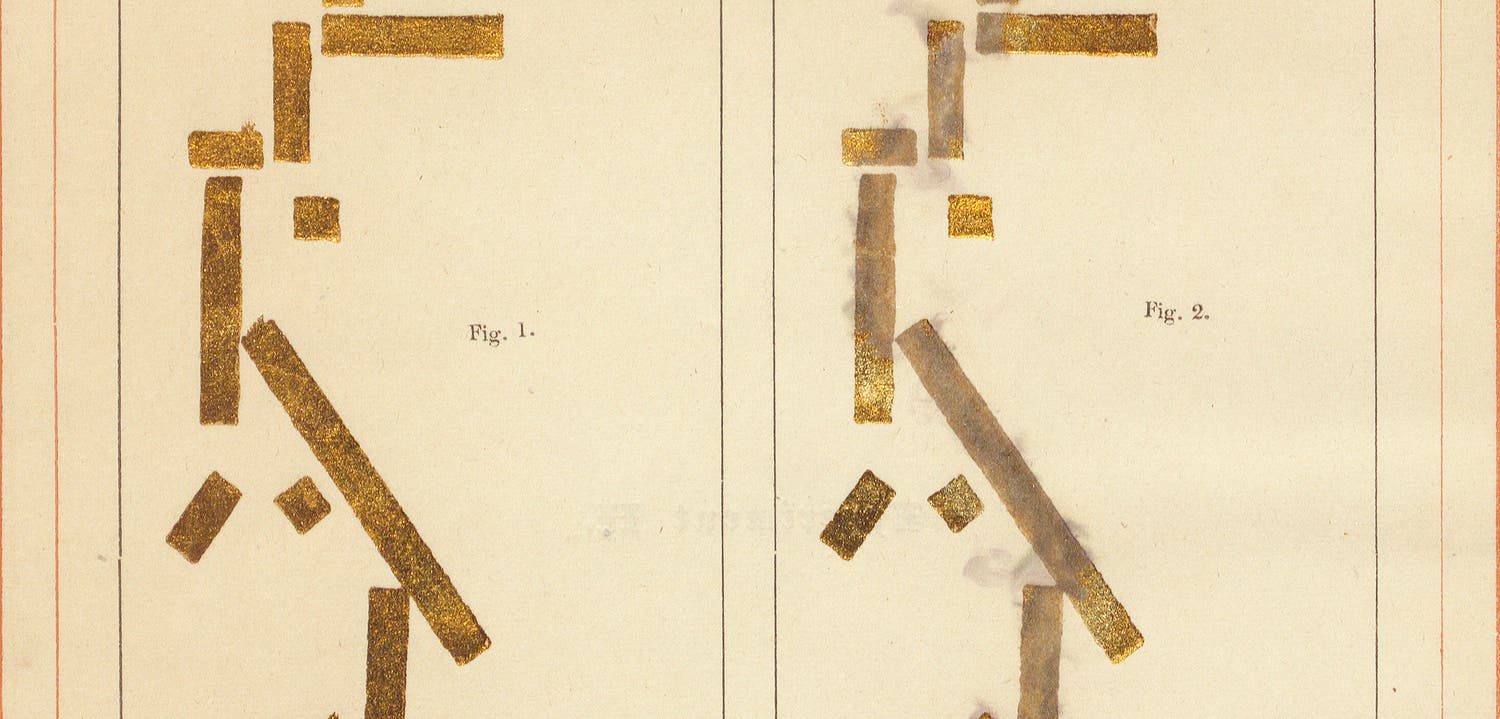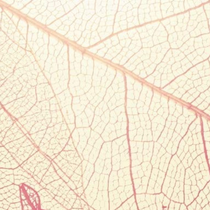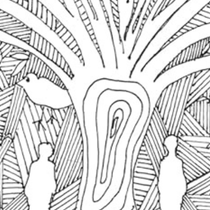New Acquisition: Sailing Ships and Lightning in Gold
In the days of wooden sailing ships, lightning strikes were a constant threat. Ships sat on large, flat bodies of water and were the often the highest or only projection above sea level. Lightning strikes caused fires, injuries, and deaths. For much of the late 1700s and early 1800s, in the words of Philip Dray, “lightning continued its veritable turkey shoot with the mast-tops of Royal Navy and British mercantile shipping—between 1799 and 1815, more than a hundred ships were damaged, and seventy seamen killed” (pp. 181–182). William Snow Harris, a British physician and electrical researcher, had an idea: why not equip ships with lightning rods?

Figure I and experimental illustration showing Harris’s conductor and the path electricity would take in a lightning strike. From Harris, Observations on the Effects of Lightning on Floating Bodies (London: W. Nicol, 1823).
Two books acquired by the Library in August 2024 from Patrick Olson Rare Books present the beginning and end of Harris’s decades-long journey to persuade the British Royal Navy to adopt his system of lightning protection. In 1823, Harris published an open letter to a Vice-Admiral of the British Royal Navy. His system was not broadly implemented for another twenty years. Eighteen years after that, around 1861, Harris published a pamphlet promoting his system and its continued improvement. In both, he used stunning gold-printed images to illustrate the dire stakes of lightning strikes.

Detail of illustration. Harris describes, “in the experimental illustration which accompanies this Plate, a b c d represent the metallic conductor, expressed by the dotted line A B C D in the Plate as separated from the masts; x y are the portions remaining perfect below the caps, supposing the masts to be in the positions under Fig. 2 and 3—a b c d is the line in which the charge has passed.” (Harris, Observations on the Effects of Lightning on Floating Bodies, p. 85)
Harris called his novel illustration technique “experimental illustrations.” He printed electrocuted figures in gold ink, then ran currents through the figures to demonstrate the actual path electricity would take in the event of a lightning strike. The current left the path a dull grey. In his 1823 Observations of the Effects of Lightning on Floating Bodies, Harris described the plan of his conductor and the experimental illustration:
“The lines observed on the paper originally consisted of gold leaf, so arranged as to represent the conductor along the masts, in the different positions which [the mast] is liable to occupy. A violent electrical discharge has been passed over the gold, to shew [show] by its deflagration the course of the electric matter. We perceive, in the extended state of the masts which brings the conducting line into a position similar to that under No. 1, the gold has been destroyed by the discharge from the mast-head to the keel, leaving a dark-coloured stain on the paper—there are a few spots of gold remaining at the angles of the caps, shewing [showing] how determined is the course of the discharge through the shortest possible line.” (pp. 48-9)

The first experimental illustration from Three Experimental Illustrations of a General Law of Electrical Discharge (Plymouth: R. Lidstone, c. 1861), p. 6. It demonstrates the course of electricity through a random array of disjointed metal surfaces.
Before Harris’s conductor, the standard system for the British Royal Navy required a sailor to carry a chain of copper rods up the mast when a storm appeared imminent. The installation did not always end well for the ship or the sailor. In the latter pamphlet, Harris illustrates how the lightning could travel through a sailor unlucky enough to find himself part of the shortest path to ground.

The unlucky sailor, from Three Experimental Illustrations of a General Law of Electrical Discharge, p. 14.
Harris’s efforts paid off. As described by Vladimir Rakov and Martin Uman, “it took a successful trial installation on 11 ships, an extensive campaign by Harris to publicize the extent of the previous lightning damage to the British Royal Navy, the favorable recommendations of two study committees, and administrative changes in the Admiralty before the British Royal Navy finally adopted the Harris system in 1842” (§18.4.1). One of these ships was the H.M.S. Beagle, which carried the naturalist Charles Darwin around the world. Beagle captain Robert FitzRoy reported, in his Narrative of the Surveying Voyages, that “the lightning-conductors, invented by Mr. Harris, were fixed in all the masts, the bowsprit, and even in the flying jib-boom” (v. 2, p. 18). Without Mr. Harris, it’s possible that Darwin’s famous voyage would have ended quite poorly. Or that we wouldn’t have such stunning experimental illustrations.

The pre-strike sailor, from Three Experimental Illustrations of a General Law of Electrical Discharge, p. 14.
If you’d like to see the gold printing, schedule a visit to the History of Science reading room or consult the digitized copies of Harris’s books, available through our catalog. To learn more about the science of lightning and history of lightning strike protection, browse the Linda Hall Library catalog for the books and journal articles cited in this blog post.
Bernstein, Theodore & Terry S. Reynolds (1978). "Protecting the Royal Navy from Lightning, William Snow Harris and His Struggle with the British Admiralty for Fixed Lightning Conductors". IEEE Transactions on Education. 21 (1): 7–14.
Dray, Philip. Stealing God’s Thunder: Benjamin Franklin’s Lightning Rod and the Invention of America. New York: Random House, 2005.
FitzRoy, Robert. Narrative of the Surveying Voyages of His Majesty’s Ships Adventure and Beagle, Between the Years 1826 and 1836. London: Henry Colburn, 1839.
Rakov, Vladimir A., & Martin A. Uman. Lightning: Physics and Effects. Cambridge University Press, 2003.
Schiffer, Michael Brian, Kacy L. Hollenback, & Carrie L. Bell. Draw the Lightning Down: Benjamin Franklin and Electrical Technology in the Age of Enlightenment. Berkeley: University of California Press, 2003.






